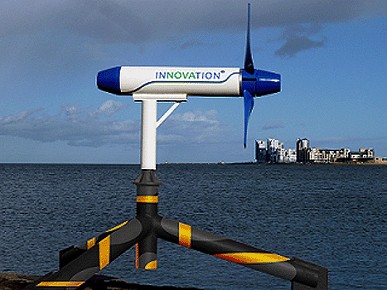The new era for European energy policy starts here. The European Union has announced its latest set of targets for climate and energy, going up to 2030: a 40 per cent reduction in greenhouse gas emissions based on 1990 levels; a 27 per cent increase in the proportion of energy generated by renewable resources (which will be binding); a non-binding target of 25 per cent increase in energy efficiency; and what sounds like a comprehensive reform of the European Emissions Trading Scheme (ETS).
This is a commission announcement, so it’s not part of EU law yet: it can still be altered by the Council of Ministers, and it’s probably fair to say that there will be some pressure to water some aspects of it down. The binding nature of the renewables target is a bit of a surprise, for a start; that could go after further discussion.

It also seems that the renewables target is non-binding on nation states, which must surely make it difficult to enforce. Renewables resources vary dramatically across Europe, and if one state finds it hard to raise its renewables profile, it’s surely very difficult for the region as a whole to meet a target.
As for what effect the new targets will have on industry; well, much will depend on how the reform of ETS works out. A higher carbon price, combined with generous strike prices for renewables, could be extremely good news for renewables development, which will make many in the marine sector happy.
And it’s certainly good news for the nuclear sector. A big cut in greenhouse gases (although it’s nowhere near as deep as some wanted — former Engineer interviewee Kevin Anderson of the Tyndall Centre at Manchester University wanted 80 per cent) along with a non-binding target for renewables means that nuclear — classed as low-carbon, but not renewable — is going to be a strongly-favoured option. It might even accelerate development of newer nuclear technologies such as breeder reactors, which have potential to close the fuel cycle and edge nuclear towards renewable status.
We’re still waiting for the UK government reaction to the new targets: energy minister Ed Davey is speaking on the subject this afternoon, which is too late to be incorporated in this comment.
What’s truly significant is Commission president Jose Manuel Barosso’s comment that ‘we are beyond the debate where you either have to be green or a defender of industry; they can go perfectly together.’ This isn’t a point of view which is well established in the UK, particularly not in the Treasury: hence George Osborne’s rowing back on the Conservatives’ election promise to be the ‘Greenest government ever’. And convincing industry to invest in environmental technologies continues to be difficult. Promoting the energy efficiency angle — spending money to save money in the longer term — is surely still the best strategy.
So we’ll have to wait and see what effect this will have. More certainty is always a good thing where investment is concerned; and the UK continues to have, by virtue of its geography, one of the strongest potentials for renewables in Europe. And with the changing tide on nuclear and the will to strengthen British research in this sector, it could herald the start of an exciting new chapter in energy technology development.




Swiss geoengineering start-up targets methane removal
No mention whatsoever about the effect of increased methane levels/iron chloride in the ocean on the pH and chemical properties of the ocean - are we...